I am an amateur photographer, but I make around $ 500 in revenue from my photos each month. Photography is a hobby for me, but it can be an expensive hobby at times. This money pays for photography software, computer hardware, and lenses, so the hobby I love doesn’t cost a dime. This article will discuss how I did this with microstock, and provide tips on how you can do the same.

Making your first buck
In 2010, I wanted to improve my photography so I purchased an entry-level DSLR and started to actively study how to become a better photographer, mainly from resources on the internet. As I tried different techniques, compositions, and camera settings, I posted my photos to sites like Flickr, Facebook, and 500px. In the beginning, I didn’t get very many views or likes but still enjoyed posting and learning from other photographer’s photos on those sites.
After shooting, learning, and posting for two and a half years, a design company saw a photo of mine on Flickr and asked if they could purchase a commercial license. I did a couple of quick searches about licensing and pricing on the internet, then sold my first commercial license for $ 75. This is the first photo I ever licensed.

Pay for your hobby
Before this first sale, I hadn’t considered selling licenses to my photos. However, I had gotten to the point where I wanted to upgrade my entry level DSLR and lenses to a full frame system but couldn’t justify the cost for my hobby. However, I could justify the cost to myself (and my wife) if the money for the upgrade came from licensing my existing photos.
Microstock
So, I started researching photo licensing and learned about microstock sites. These sites are websites that act as an intermediary between buyers of photo licenses and photographers. They are called “micro” because they typically sell photo licenses for less than where professional photographers have historically set their prices.
As a result, there is a lot of negative information about microstock sites on the Internet. Despite this negative information I decided to try posting my photos on Shutterstock, one of the most popular microstock sites. At the time, I had only made one sale ever so I felt that getting a small payment for each sale was better than no payment at all.
The first month I made less than $ 10 with 55 photos accepted by Shutterstock. However, I kept uploading my photos when I had time. A monthly later I had 100 photos on the site. In my third month, I checked my stats one morning and found I made $ 56 dollars from selling extended licenses from these two photos.


A work in progress – keep at it
This was a bit of beginner’s luck because after that I didn’t have a day with more than $ 50 in sales for many more months. But it kept me motivated to continue uploading my photos to Shutterstock and even upload to multiple other microstock sites as well.
I also started uploading my better photos to art-on-demand sites like Fine Art America. These sites allow you to upload your photos, set a price, and create a storefront for anyone to purchase prints of your photos. When someone purchases the art, these sites handle the payment, printing, and shipping of the photo and send you money from the sale.
Lastly, I upgraded my photo blog to sell licenses directly from my website. Despite the fact that my photos are available on all the popular microstock sites, stock photo buyers continue to see my photos on social media and purchase licenses directly from my website.

Realistic numbers – don’t expect to get rich
Two years after my first photo license sale, my monthly revenue from photos was about $ 500 a month. This $ 500 is an average, with my biggest month was $ 1400, while some months have been lower. Now that my photos have been posted, they can continue to get sales indefinitely. In 2016, I did not have much time for photography and only posted eight photos over the course of the year. However, I still averaged $ 460 a month in revenue from the photos I had posted in previous years.
These revenue numbers are for all the photos I have posted online. I only post my best photos from each day out shooting. My current online portfolio of all my photos is around 700 total. Microstock sites don’t accept all of my images, so on some of the sites, I only have 300 photos accepted and up for sale there. Doing the math, my photos earn less than $ 1 a month on average (per photo). And in reality, it is even less because I have one photo that has earned over $ 4000 over the years, while others have gotten no sales.

However, I am fine with this because I take the photos I want to take and then post to stock sites to see if they sell. Photography is still a hobby and the pleasure it gives me comes first, making money is secondary. Often, the photos I like best are not the best sellers on microstock sites. For example, I prefer the photo of me and my shadow below because I really enjoyed making it, but the snapshot I took of a split trail while on a hike, sells much better.


What sites work best
Although I have posted a portion of my collection to over 20 sites over the years, all of these sites can be categorized into one of two types; microstock and art-on-demand. 75% of my photography revenue has come from microstock sites, while only 8% came from art-on-demand sites. The remaining 17% is through direct sales from my photography website.
I have tried a number of art-on-demand sites over the years but currently only post to Fine Art America because it is the only site where my images consistently sell. I have also tried many microstock sites. Typically, if I hear of a new one, I will upload 100 of my best photos to begin. If I start to get sales, then I will upload the rest of my collection. Here are my top five microstock sites based on earnings. I currently only post to these five sites as I have found the other ones aren’t worth the time it takes to post the photos.
- Shutterstock
- 500px
- Fotolia / Adobe Stock
- 123RF
- Big Stock Photo (Owned by Shutterstock)
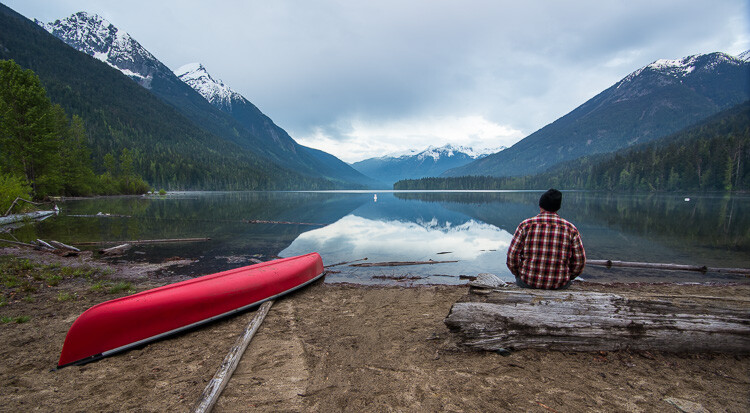
Last tips for you
If you are an amateur photographer who wants to make additional revenue from photo licenses, here are the steps you can take:
- Post your photos to social sites. My favorite is 500px, but I have also started posting to Instagram, and I still post to Flickr, which was my favorite a couple of years ago.
- Setup your own photography blog. My blog does not get as many photo views as my social sites, but all my social sites link back to my photo blog. It makes it easy for potential buyers to purchase licences if they see them on social media. I used Squarespace for my blog because it was easy to set up in one day.
- Upload photos to Shutterstock. Most microstock photographers who post their revenue on the web list Shutterstock as a top earner. So it is likely that if your photos will sell, they will sell on Shutterstock more than other sites, making it a good place to start.
- Upload photos to other stock sites. Once you see some success on Shutterstock then go ahead and post your top photos to other microstock sites.

Conclusion
It has been seven years since I decided to take photography seriously and I have improved a lot over the years. However, I still have a lot to learn, but these days the software, courses, and gear that help me make photos are all paid for by revenue from the sale of photo licenses, rather than out of the family budget from my day job.
NOTE from the dPS team: Check out our Going Pro Kit with more stock photo success tips and other ways to make money through your photography
The post How to Make $ 500 a Month From Your Photography Hobby with Microstock by James Wheeler appeared first on Digital Photography School.













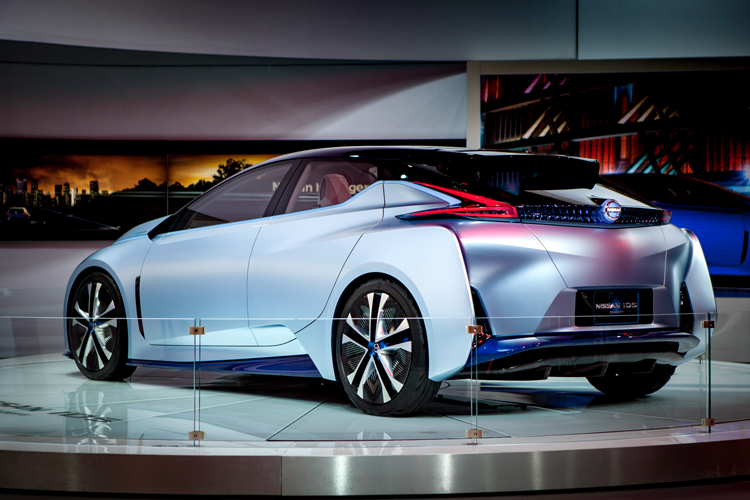
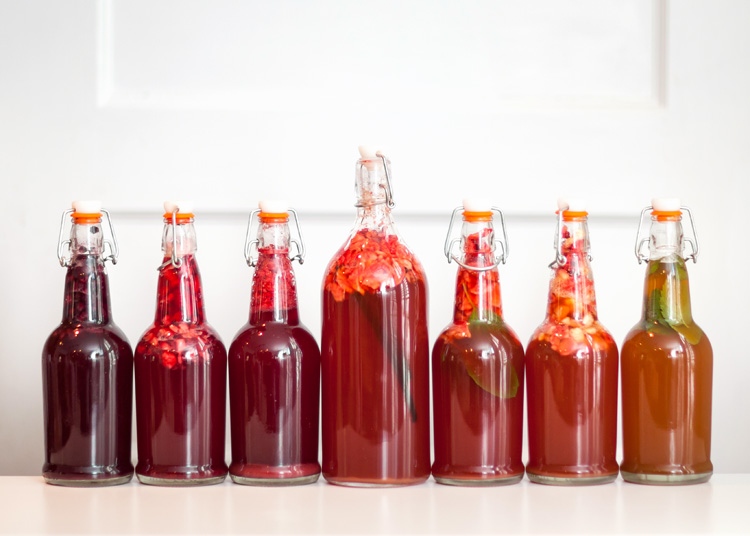
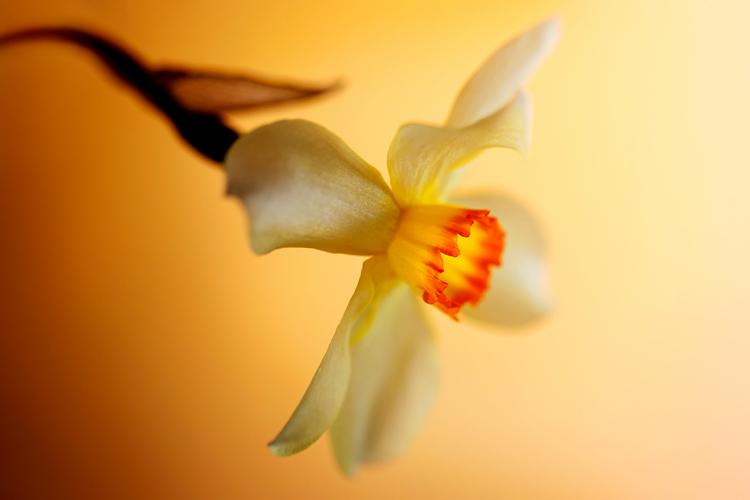
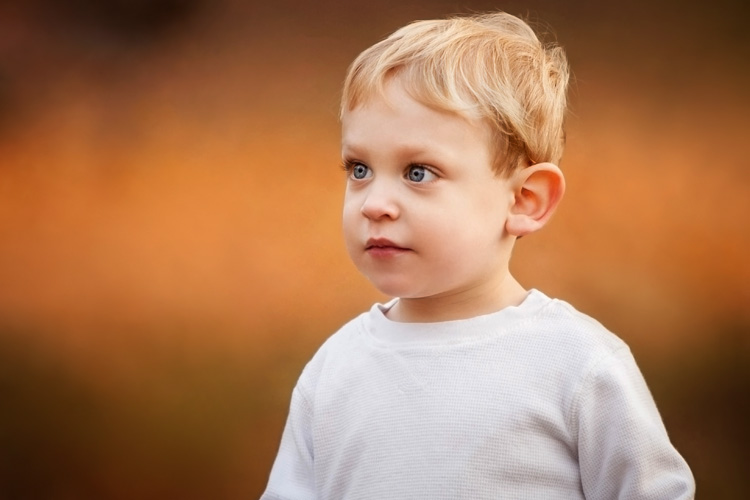
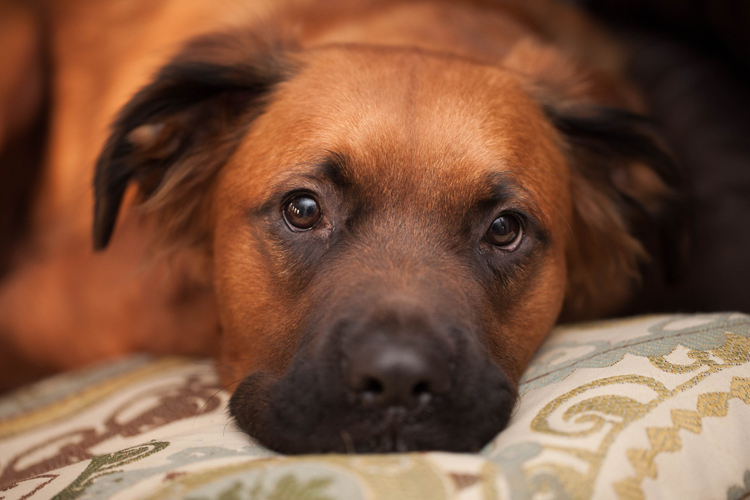
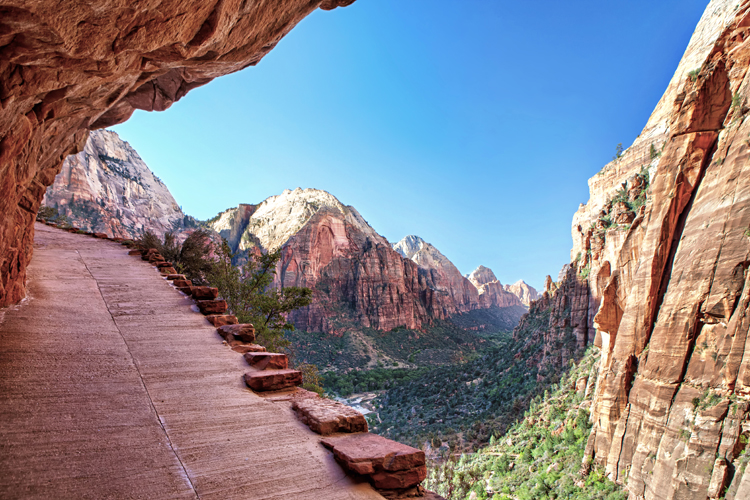
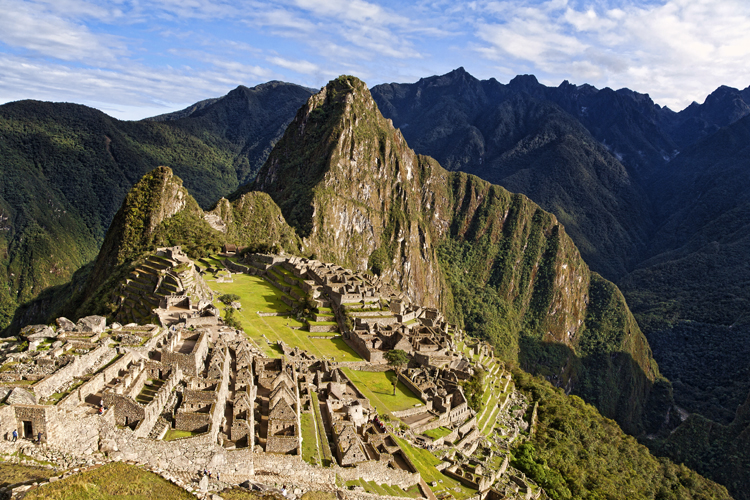
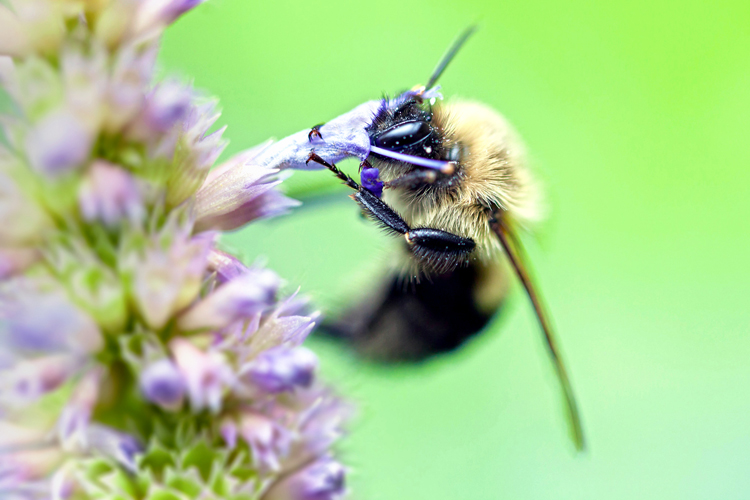
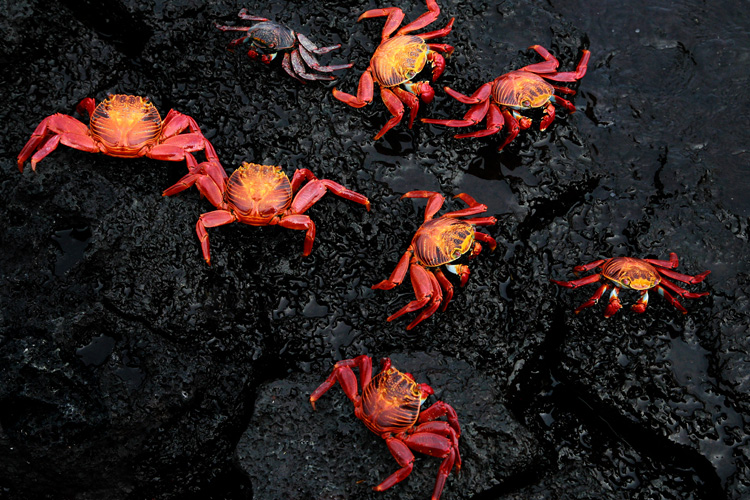
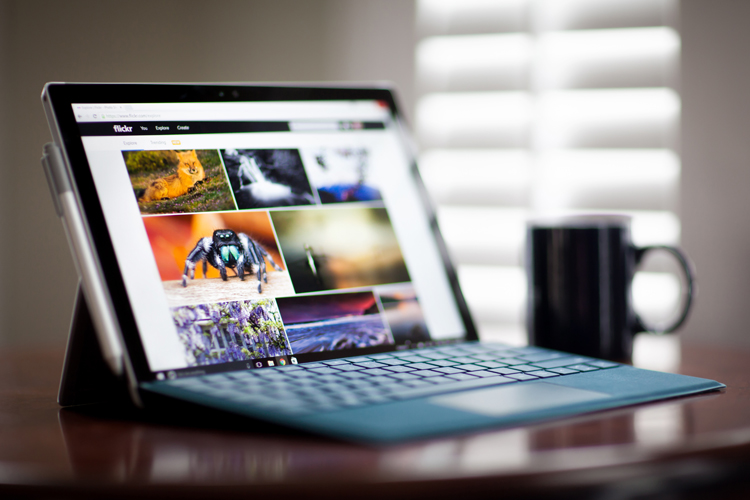










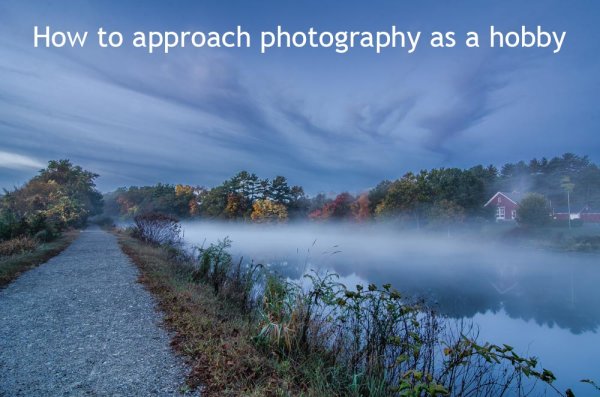
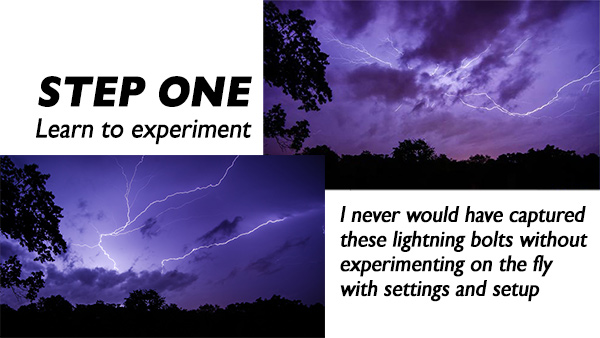
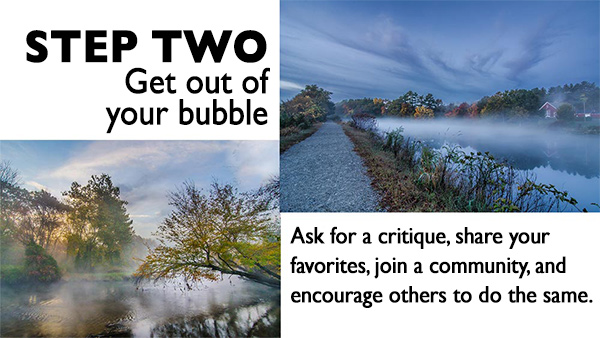

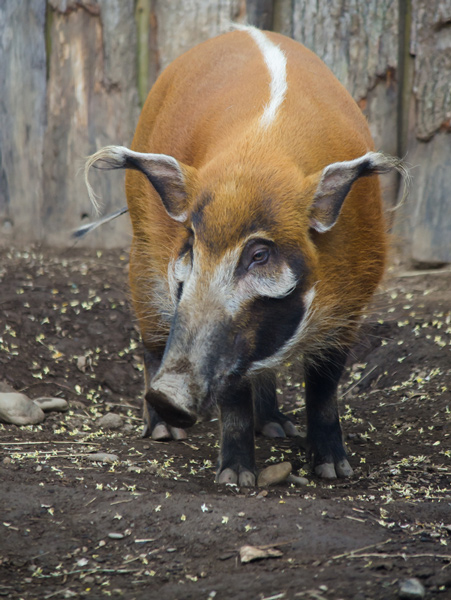





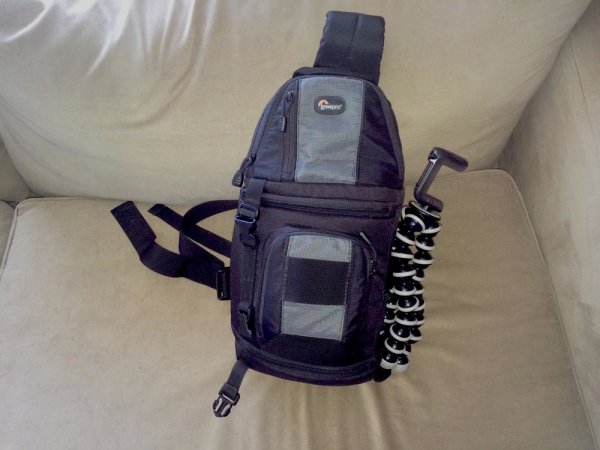

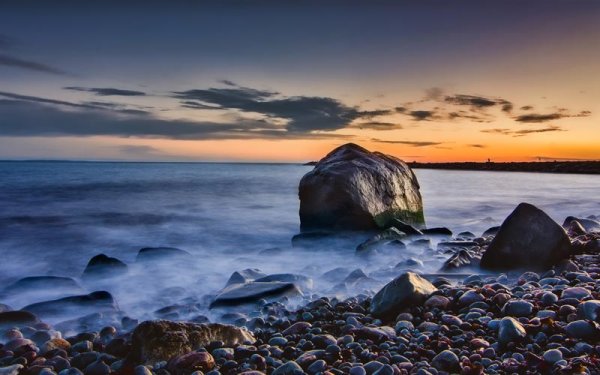


You must be logged in to post a comment.